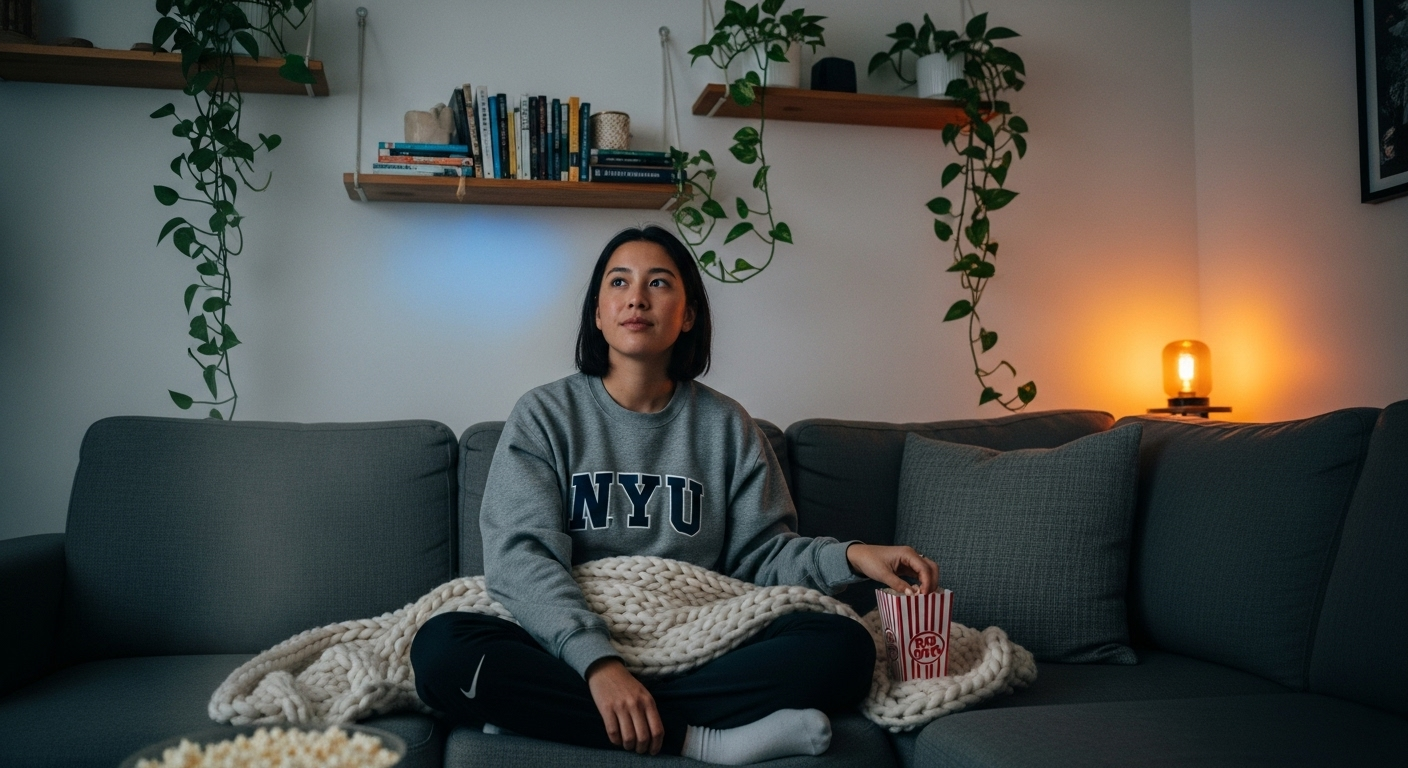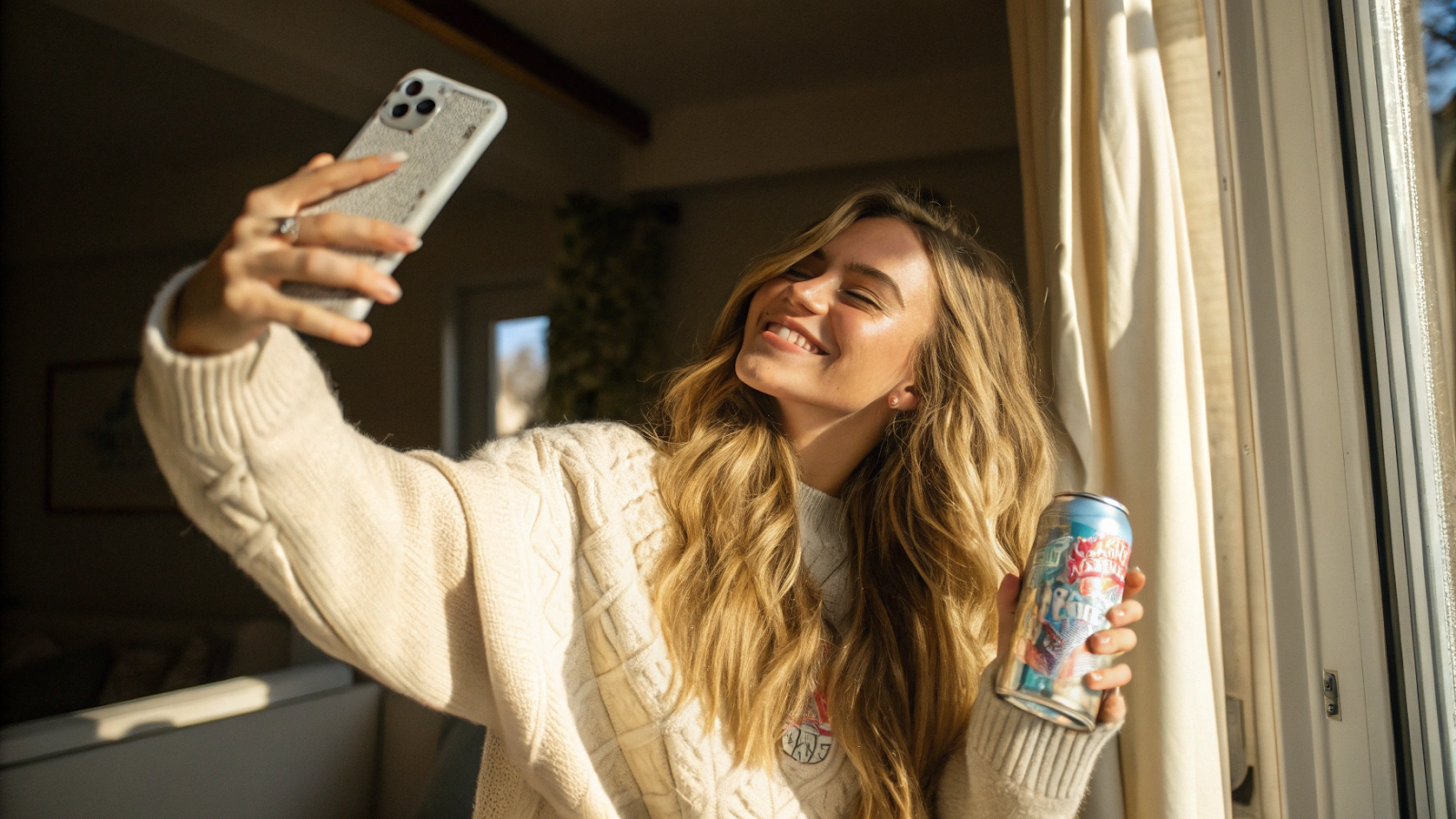In the growing universe of influencers, finding the right one for your brand can be a challenge. As influencer marketing continues to evolve and become an integral part of campaigns, brands and marketers may ponder which niches they can successfully reach. You might be overlooking micro-influencers. These influencers have between 10,000 and 100,000 followers. (Some marketers cap the number of followers at 20,000 or 50,000.) True, they have smaller followings than macro-influencers and mega-influencers with audiences ranging from 100,000 to over 1 million followers, respectively. But that doesn’t mean a collaboration can’t yield big results for your marketing campaigns. When 61% of consumers trust an influencer's suggestions, micro-influencers can unlock new levels of awareness, trust, and engagement. These influencers have sizable followings, but not so vast that they lose their ability to connect with their audience. Micro-influencers also offer small and mid-size businesses a more affordable way to promote their brand — but they aren’t the only ones seeing success. Major international brands have also deployed micro-influencer marketing campaigns to connect with their target audiences. Here's what you can learn from these six campaigns.
Recommended Reading: Influencer Marketing Contracts: What to Include and Best Practices
Coca-Cola
You might think that a household name like Coca-Cola — which could easily get a celebrity spokesperson for their campaign — wouldn't choose to work with micro-influencers. After all, it's a brand that 96% of the global population is familiar with and one of the world's largest beverage producers. So, you may be surprised to learn that Coca-Cola dedicated a segment of their marketing efforts to micro-influencer campaigns, particularly Instagram influencers in Belgium. Coca-Cola chose 14 Instagram influencers and content creators to become brand ambassadors, eight of which had fewer than 100,000 followers while the others' followings exceeded 100,000. Influencers included Miette Dierckx, Yannick Merckx, and Alex Decunha. Their strategy was to handpick micro-influencers in the travel, food, sports, and fashion verticals to share their authentic enjoyment of Coca-Cola beverages, showing how seamlessly their products fit into the different influencers’ lives. The social media campaign enabled Coca-Cola to reach more of the European market where advertising culture is less ubiquitous than it is in North America.
{{cta-banner-images}}
Sperry
Boat shoe manufacturer Sperry is an established brand that was an early adopter of micro-influencers. They didn’t need to manufacture authenticity or relevance for their 2016-17 campaign, either. They connected with 100 micro-influencers on Instagram who had already purchased Sperry shoes in the past, running the campaign during the rainy season, an ideal time for people to buy durable, stylish shoes. Their commitment paid off. By focusing on fashion influencers who genuinely loved and used their products, Sperry received record traffic to their website from Instagram: They saw an increase of over 66%, with 4.7 million impressions. People wanted to see shoes for wet weather actually used in those conditions, not a modeling shoot or simulated slippery pavement. Sperry's campaign ultimately proved the power of micro-influencers compared to larger influencers and even celebrities, especially for products with a specific function or niche. The #OOTD (Outfit of the Day) hashtag showed that fashion and function can exist in harmony, and this resonated with the influencers' audiences.
Audible
Amazon's audiobook arm, Audible, has become a mainstay sponsorship for YouTubers once they reach significant subscriber numbers. While Audible frequently sponsors all types of content on YouTube, the brand has also been doing work with micro-influencers. These campaigns have allowed Audible to effortlessly extend to platforms other than YouTube. One prominent example is Jesse Driftwood on Instagram (now at over 162,000 followers but previously a micro-influencer). The photographer promoted Audible with a simple, relatable post about his love of running, perfect for his niche audience. He structured it in a way that sounded like a friend recommending a good book (and a new method to enjoy it when you don’t have time to sit and read) rather than obviously sponsored content. Audible is also worth mentioning because it welcomes smaller influencers to apply for partnerships while allowing them to maintain creative freedom with how they frame the content — one of the best strategies for using influencers to increase brand awareness.
{{cta-banner-simple}}
Sephora
Cosmetics titan Sephora has long had a thriving brand community and cult following. The roaring success of the company's Beauty Insider rewards program redefined reward marketing. It also unleashed influencer marketing opportunities since achieving the Rouge level of the Very Important Beauty Insider (VIB) program became a status symbol among beauty influencers. Sephora took this to the next level with their #SephoraSquad beauty influencer program. Twenty-four beauty influencers were chosen for the program's first "class" in 2019. The brand focused on micro-influencers who had already created makeup and beauty product reviews and had audiences waiting for more. The partnership contract is a paid year-long deal where each influencer posts about the products and gives honest, unfiltered reviews while receiving perks like free products and samples. The next class swelled to 73 influencers, and the company reported higher sales and engagement after only about 1,600 Instagram posts. Sephora also emphasized diversity among the #SephoraSquad, particularly influencers of underrepresented races, gender identities, and ethnicities. Notable beauty micro-influencers in the first #SephoraSquad class include Shalom Blac and Ryan Potter.
Gillette
Razor manufacturer Gillette is likely a familiar name for millennials and the generations preceding them, but they noticed a need to create awareness with Generation Z and younger. So, the brand turned their focus to sponsoring beauty influencers, particularly women, who could promote their Venus product line in a modern, relevant way. They sent out their "Influenster" box to female influencers on Instagram with follower counts of all levels, including nano-influencers who didn't even surpass 1,000 followers. The campaign featured the influencers using Venus products in everyday life. Many of the image posts were taken in a standard bathroom that the typical viewer was likely to use or encounter, instead of lavish celebrity bathrooms or specially crafted commercial sets. Gillette succeeded with the #ChooseToSmooth campaign because of the authenticity that the nano- and micro-influencers brought to their photos, GIFs, and videos. Together, the influencers reached over 476,000 followers with a 2.2% average engagement rate, all from fewer than 1,000 tagged Instagram posts.
Meller
Meller is a Barcelona-based brand selling sunglasses and watches that has grown a dedicated following on Instagram, in large part due to their regular influencer collaborations. Unlike older brands that had to adapt to adding influencers to their marketing mix, Meller has had influencers in mind from day one and carefully wove them into their brand. Their website has an entire page titled “Influencers” that’s dedicated to the content creators they’re working with. It’s filled with curated images of popular influencers (posing with Meller glasses and sunglasses) and links to their Instagram profiles. Furthermore, they start the page off with a quote that captures the philosophy behind their influencer partnerships: "Let's be creative, let's be authentic, let's be Meller. Get to know our influencers who inspire others as we do.” In other words, these fashion, travel, and lifestyle influencers have become a cornerstone of Meller’s marketing strategy. They’re bringing the products to life, attracting new, fashion-forward customers, and unlocking all the benefits of influencer marketing for the company.
{{cta-banner-text}}
From Popular Pays Connects Brands and Micro-Influencers
Micro-influencers bring both a human touch and their own dedicated followings to promoting a brand. Brands that work with them are quickly getting a leg up on brands that are still relying on the old model of exclusively seeking out mega-influencers and celebrities with massive reach. If you’re ready to find the perfect micro-influencer match for your brand, From Popular Pays can help. Our complete platform lets businesses search for influencers of all sizes. We provide simple tools to manage relationships, review content, and analyze the performance of your influencer marketing campaigns, so every collaboration reaches further and drives better engagement. Request a demo of From Popular Pays to launch your search and see the benefits.

















